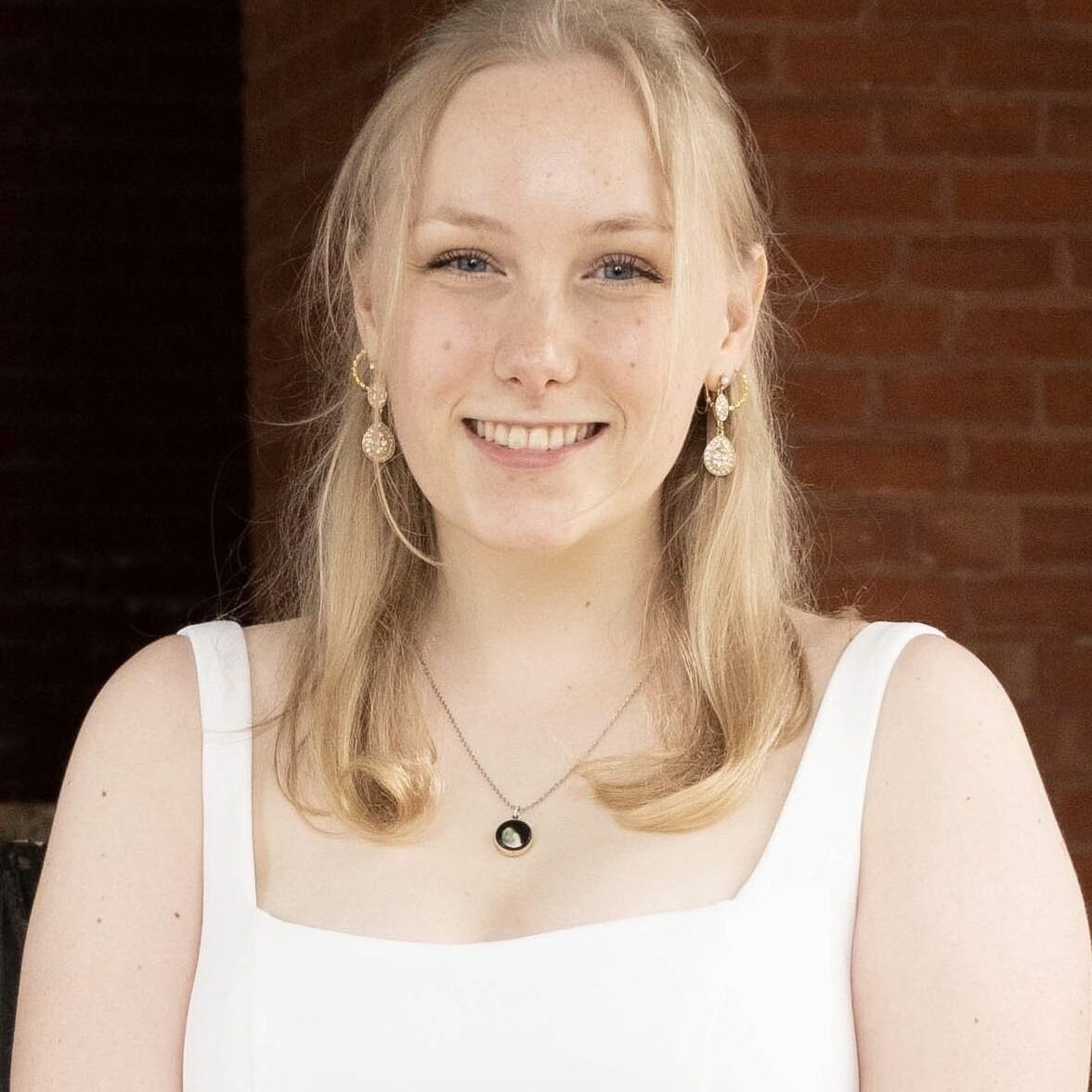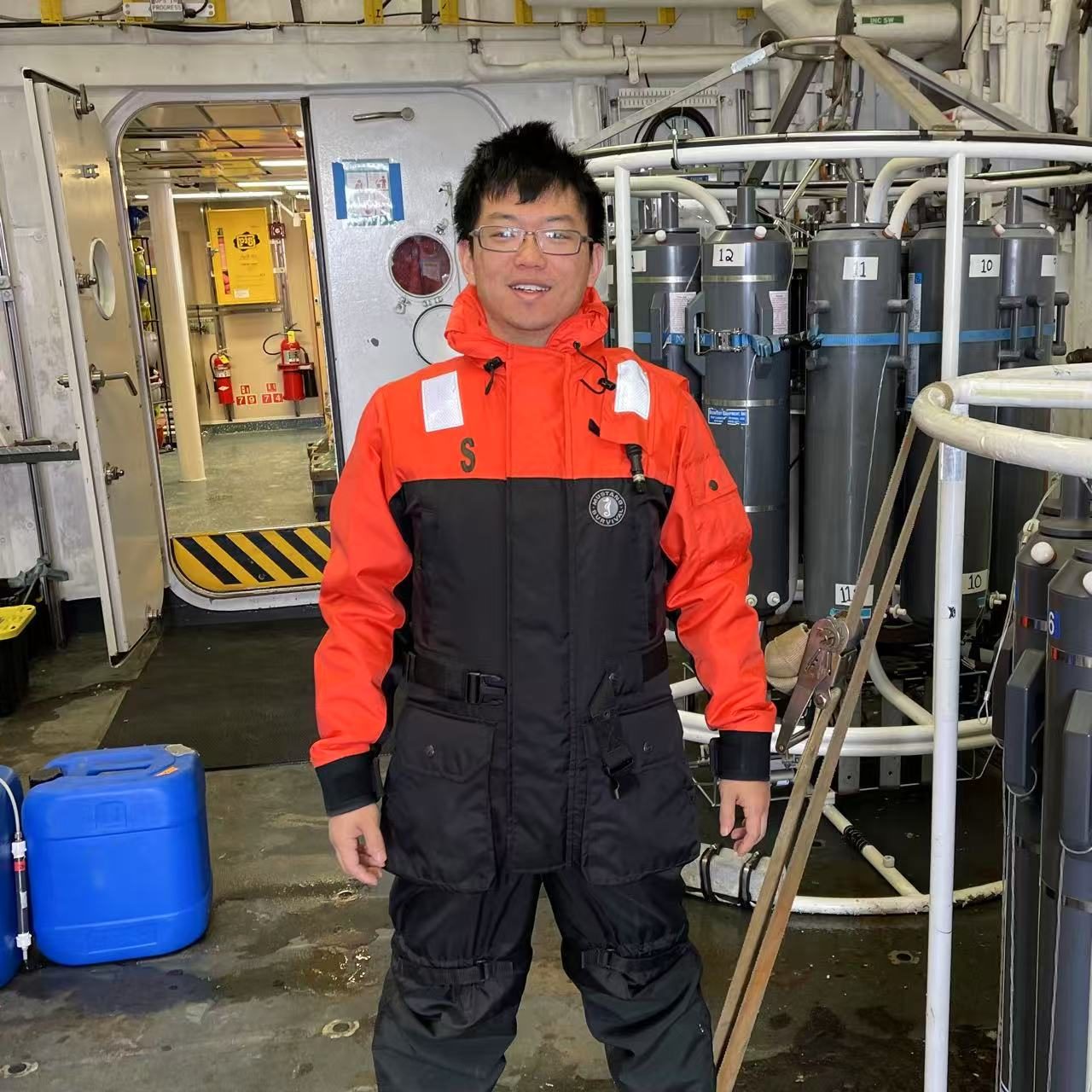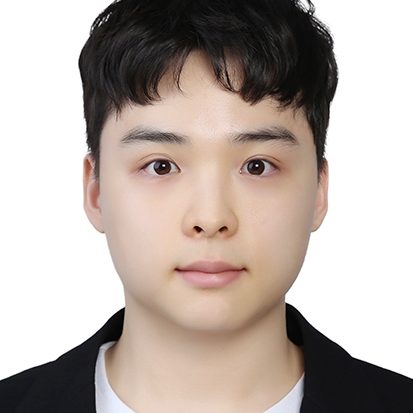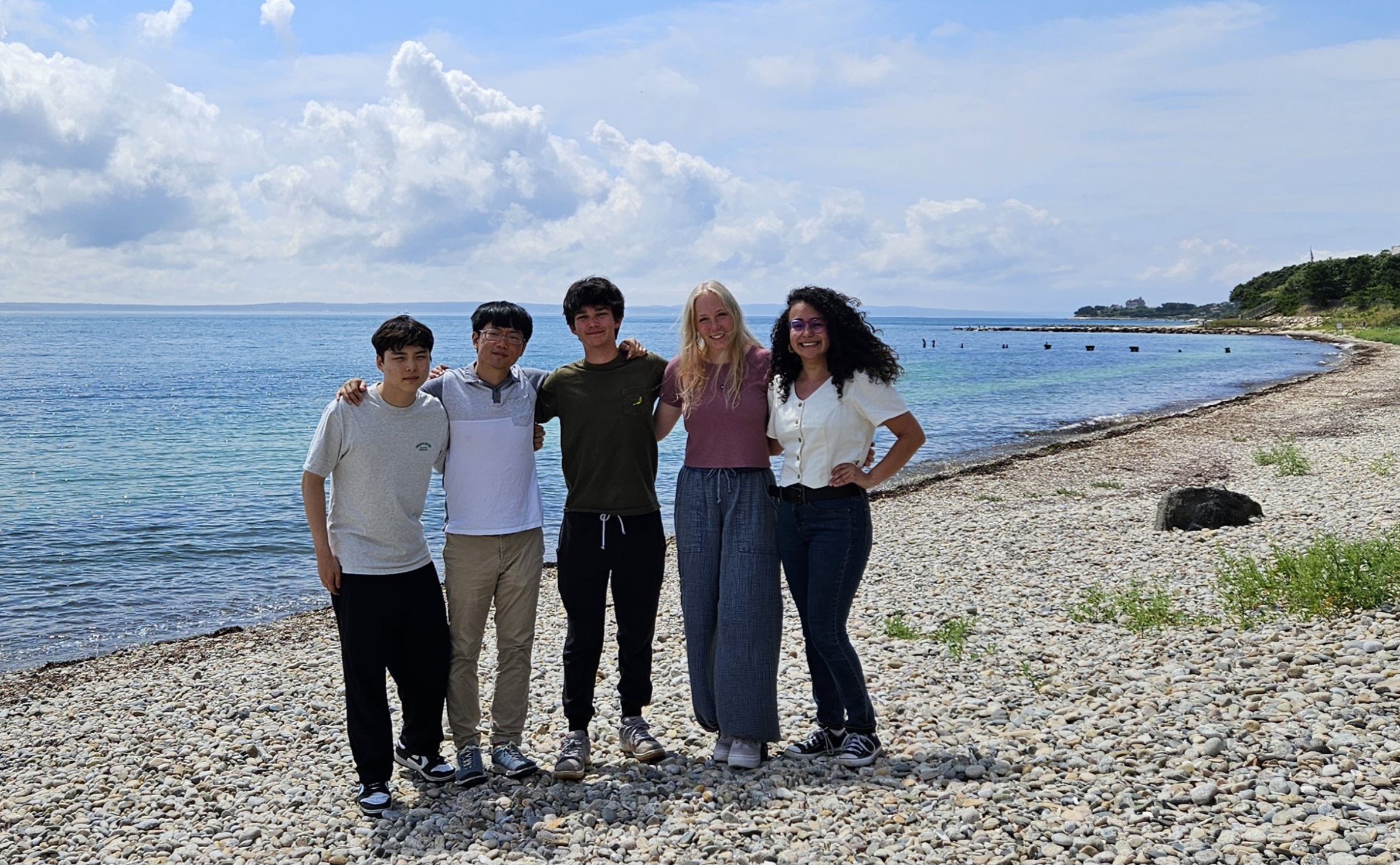People in the Motta Group

Laura C. Motta
Assistant Scientist, Marine Chemistry & Geochemistry
Laura earned a chemistry degree from Rutgers University in 2013, where she conducted her first mercury experiments with marine phytoplankton in John Reinfelder’s lab. She then pursued a double Ph.D. at the University of Michigan—one in Earth Sciences with Joel Blum, focusing on marine mercury stable isotope biogeochemistry, and one in Theoretical Chemistry with Paul Zimmerman, using quantum chemistry to understand heavy element chemistry. In 2019, Laura moved to France to study relativistic quantum chemistry with Trond Saue as an international predoctoral fellow at CNRS. After completing her Ph.D. in 2020, she moved to South Korea to work with Sae Yun Kwon at POSTECH to study mercury in zooplankton. She later became a postdoctoral fellow with Jochen Autschbach at SUNY Buffalo, where she worked on relativistic quantum chemistry to explore the chemical bonding of organometallic compounds.
Since 2023, she has been at the Woods Hole Oceanographic Institution
Contact: laura.motta@whoi.edu
Current Members

Corinne Richard
Research Assistant II: 2024 - present
Corinne graduated from the honors program at the University of New Hampshire with a Bachelor of Science in Earth Sciences with a concentration in Oceanography and a minor in Marine Biology.
Corinne is our lab manager. She is in charge of all things related to trapping mercury for stable isotopes. She also maintains our plankton cultures. She is the plankton master! Corinne is primarily working on our Antarctica project.
Contact: corinne.richard@whoi.edu

Yipeng He
WHOI Postdoctoral Fellow: 2025 - present
Yipeng He graduated from Peking University in China with a B.S. in Environmental Sciences. He then completed his Ph.D. in Chemical Oceanography at the University of Connecticut with Robert Mason, focusing on mercury sea-air exchange. Yipeng joined our lab in 2025 to work on the development of a new instrument for extracting mercury gas from the ocean. We are chasing the super toxic and elusive dimethylmercury out of the depths of the ocean.
Contact: yipeng.he@whoi.edu

SeungHyeon Lim
Guest Student: 2025 - present
SeungHyeon is visiting us from the Pohang University of Science and Technology (POSTECH), Republic of Korea, as part of our collaboration with Prof. Sae Yun Kwon on zooplankton research. He graduated from POSTECH with a B.S. in Chemical Engineering in 2021. In February 2021, he entered POSTECH’s integrated M.S.–Ph.D. program in the Division of Environmental Science and Engineering, where his research focuses on mercury isotopes in oceanic and polar environments and their bioaccumulation in zooplankton.
Contact: seung.lim@whoi.edu
Former Members

Frank Dorman
Summer Student: 2024
Frank is an undergraduate student in Chemistry at Juniata College. He joined us in the summer of 2024 to help us develop new analytical methods to degas the ocean. As Frank calls it, the Super-Gas-O-Matic.The goal is to trap gaseous mercury for Hg stable isotopes.


